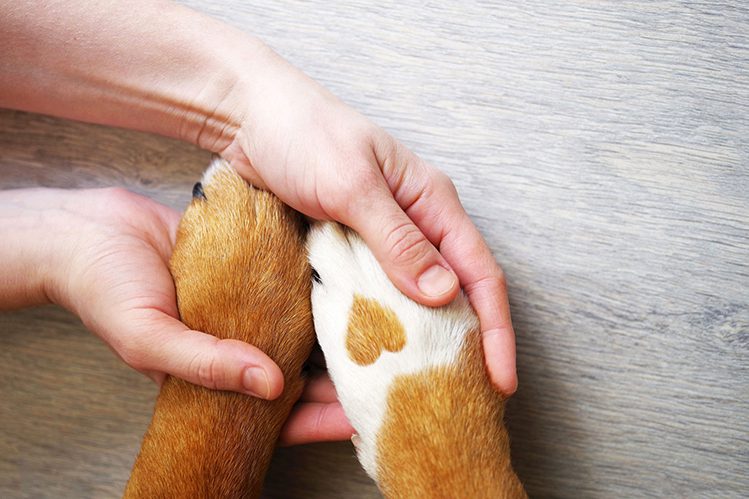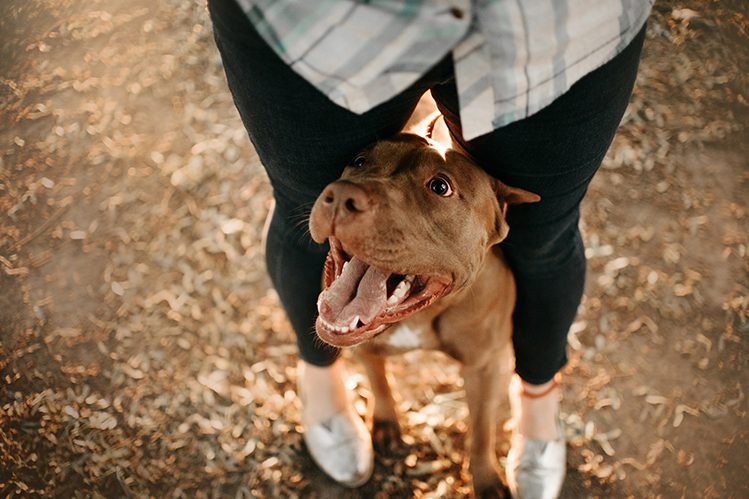
Does dominance theory work in dogs?
“The dog will only obey the alpha male, which means that the owner must dominate it. As soon as you loosen your grip, the dog will take the lead from you … “. Have you heard similar statements? They were born from the theory of dominance in the dog-owner relationship. But does it work?
Dominance theory (“Pack theory”) was born in the 20th century. One of its founders was David Meach, a scientist and expert on wolf behavior. In the 70s, he studied the hierarchy in wolf packs and found that the most aggressive and strong male becomes the leader of the pack, and the rest obey him. Meech called such a male an “alpha wolf”.
Sounds plausible. Many people just imagine the relationship between wolves. But then the most interesting began. The “Pack Theory” was criticized, and soon David Meech himself refuted his own ideas.
How was the Flock Theory born? For a long time, Mitch watched the relationship of the wolves in the pack. But the scientist missed one important fact: the pack he was observing was kept in captivity.
Further observations showed that in the natural habitat, relations between wolves are built according to completely different scenarios. The “older” wolves do dominate the “younger” ones, but these relationships are built not on fear, but on respect. Growing up, the wolves leave the parent pack and form their own. They teach youngsters how to survive, protect them from dangers, set their own rules – and children obey their parents because they respect them and adopt their knowledge. Having matured and having mastered the basics of life, the younger wolves say goodbye to their parents and leave to create new packs. All this is similar to building relationships in the human family.
Recall the wolves that experts observed in captivity. There were no family ties between them. These were wolves caught at different times, in different territories, they did not know anything about each other. All these animals were placed in an aviary, and the conditions of their keeping were not much different from those in a concentration camp. It is quite logical that the wolves began to show aggression and fight for leadership, because they were not a family, but prisoners.
With the acquisition of new knowledge, Mitch abandoned the term “Alpha wolf” and began to use the definitions “wolf – mother” and “wolf – father”. So David Meach dispelled his own theory.

Even if we imagined for a moment that the Pack Theory would work, we would still have no reason to shift the mechanisms of building relationships in a pack of wolves to pets.
First, dogs are a domesticated species that are very different from wolves. So, genetically, dogs tend to trust people, but wolves do not. Numerous studies have shown that dogs use human “cues” to complete the task, while wolves act in isolation and do not trust humans.
Scientists have observed the hierarchy in packs of stray dogs. It turned out that the leader of the pack is not the most aggressive, but the most experienced pet. Interestingly, in the same pack, leaders often change. Depending on the circumstances, one or another dog takes on the role of leader. It seems that the pack chooses the leader whose experience in a particular situation will lead to the best result for everyone.
But even if we did not know all this, a person still could not dominate a dog. Why? Because only representatives of the same species can dominate each other. The owner cannot dominate his dog because he belongs to a different species. But for some reason, even professionals forget about it and use the term incorrectly.
Of course, the status of a person should be higher than the status of a dog. But how to come to this?
The failed dominance theory gave rise to a huge number of educational methods based on submission and the use of brute force. “Don’t let the dog go through the door ahead of you”, “Don’t let the dog eat before you have eaten yourself”, “Don’t let the dog win something from you”, “If the dog does not obey, put it on the shoulder blades ( the so-called “alpha coup”) – all these are echoes of the theory of dominance. When building such “relationships”, the owner must control himself all the time, be tough, not show tenderness for the dog, so as not to accidentally miss his “dominance”. And what happened to the dogs!
But even when Mitch himself refuted his own theory and new results were obtained from studies of the behavior of wolves and dogs, the dominance theory was perverted and remained alive. Surprisingly, even now some cynologists unreasonably adhere to it. Therefore, when giving a dog for training or asking for help in education, you must first of all clarify by what method the specialist works.
Brute force in dog training is bad form. Causing a pet pain and intimidation has never led to good results. With such upbringing, the dog does not respect the owner, but is afraid of him. Fear is, of course, a strong feeling, but it will never make a pet happy and will greatly harm his mental state.
In education and training, it is much more effective to use positive reinforcement: work with the needs of the dog, motivate him to follow commands with praise and treats. And also to present knowledge in a playful way so that all participants in the process enjoy it.
The result of such training will be not only the execution of commands, but also a strong trusting friendship between the owner and the pet. And this is much more valuable than “dominating” your dog.






